Pfalz D.III, Eduard, 1:48, Vfw. Hecht, Jasta 10,
This is Eduard's first Pfalz release and one of my early models, when I didn't use tensioners and made the strings from threads pulled from women's stockings.
Vizefeldwebel Hecht's aircraft of Jasta 10, was forced to land behind British lines and the pilot was captured.
The Pfalz D.III was a fighter aircraft used by the Luftstreitkräfte (German Imperial Air Service) during the First World War. The D.III was the first major original design by Pfalz Flugzeugwerke. Although the D.III is generally considered to be inferior to the contemporary Albatros and Fokker fighters, the Jagdstaffeln was widely used from late 1917 to mid-1918. It continued to serve as a trainer until the end of the war.
In November 1916, Pfalz hired Rudolph Gehringer from Flugzeugbau Friedrichshafen GmbH. As Pfalz's new chief engineer, Gehringer immediately began work on the fighter's original design. The resulting D.III appeared in April 1917. Like the Rolands, the D.III used a plywood monocoque hull. Two layers of thin plywood strips were placed over the mold to form one half of the fuselage shell. The hull halves were then glued together, covered with a layer of fabric and doped. This Wickelrumpf (wrapped body) method was a patented invention of LFG. This gave the hull great strength, light weight and smooth contours compared to conventional construction techniques. However, it also proved to be more laborious and expensive. Additionally, Wickelrumpf-type hulls have been shown to be prone to twisting or warping in service, affecting performance and causing handling problems. This was attributed to moisture absorption in wet frontal conditions or the use of under-ripened wood.
Deliveries to operational units began in August 1917. The first recipient of the new aircraft was the Jasta 10, followed by the Jasta 4. Although significantly superior to earlier Roland designs, the D.III was generally considered inferior to the Albatros D.III and DV. . German pilots variously criticized the Pfalz's heavy handling, low speed, lack of power or low rate of climb compared to the Albatross.
The D.III skidded in turns, leading to crashes when careless pilots turned at very low altitudes. Additionally, the Pfalz came to a screeching halt and spun rapidly. Recovery from the resulting flat spin was difficult, although some pilots took advantage of this feature to quickly descend or avoid enemy aircraft.
The main advantage of the Pfalz was its strength and robustness. Albatros surveys were plagued by the failure of their single-armed lower wings. However, the Pfalz could safely dive at high speed due to its double spar lower wing. Because of this, the Pfalz was well suited for dive attacks on observation balloons, which were usually heavily defended by anti-aircraft guns trained at the height of the balloon.
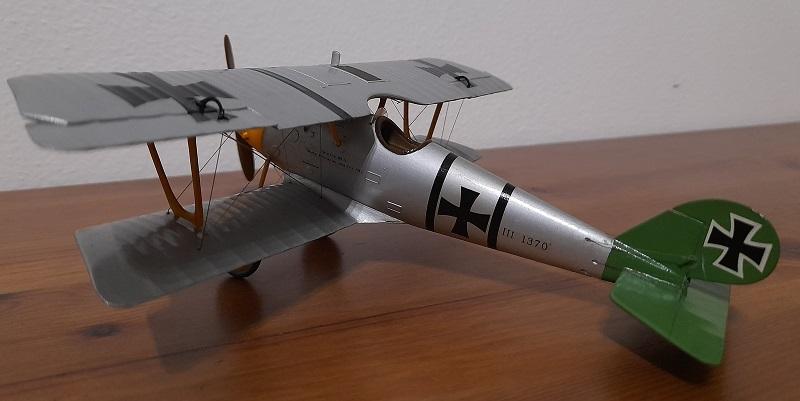
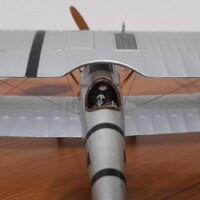

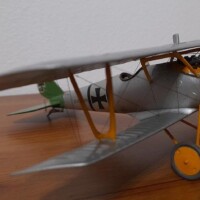

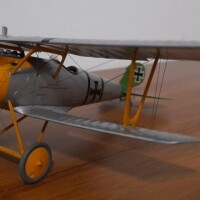
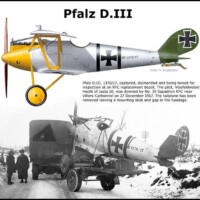

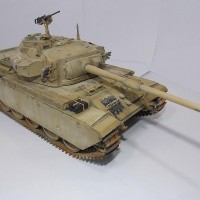
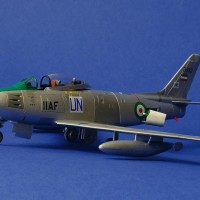
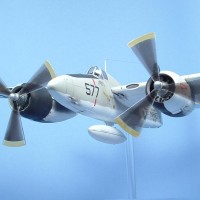
Another Milan Tesař masterpiece! Fantastic painting!
Great history, too, the facts of the plane are extremely interesting.
Well done!
Thank you Spiros.
I really love the geometry of the Pfalz D111 as I do the Albatros and Roland scouts of the same outline.
You did a stunning job of bringing this one to life, panty hose and all!
A feast for my eyes Milan!
Thank you!
Thank you Philip.
Beautiful work. The Pfalz DIII & DIIIA are, imho, the most aesthetically pleasing fighters of the Great War.
Thank you Aaron.
Nice work on this. I've built a few of these and it's a solid kit. You have a great result here. Very worthwhile history, too.
Thank you Tom.
Very nice, some real eye candy!
Thank you Chas.
Even your early models were already amazing, Milan @milantesar
A great achievement on this Pfalz.
Thank you John.
Great scale modeling, Milan @milantesar! 👍 You build some fantastic biplanes, each one stunning! 🤩
Thank you Gary, I am very pleased that you like my models.
Great job, Milan!
Thank you Gary.
Nice Pfalz, Milan. That’s one of my favorite WW1 types.
Thank you John.
Fantastic Milan, she looks lovely. Great narrative too 👍
Thank you Guy.
Very nice work. @milantesar
Thank you John.
Great looking Pfalz Milan, panty hose, who would have thought.
Thank you Ian.
Another terrific looking German WW1 biplane. How did you discover the thread in the ladies’ stockings?
Thanks Geore, that was such an initial idea because of their elasticity. It was very laborious though, so fishing line worked best for me.
Gorgeous Pfalz!
Thank you Robert.